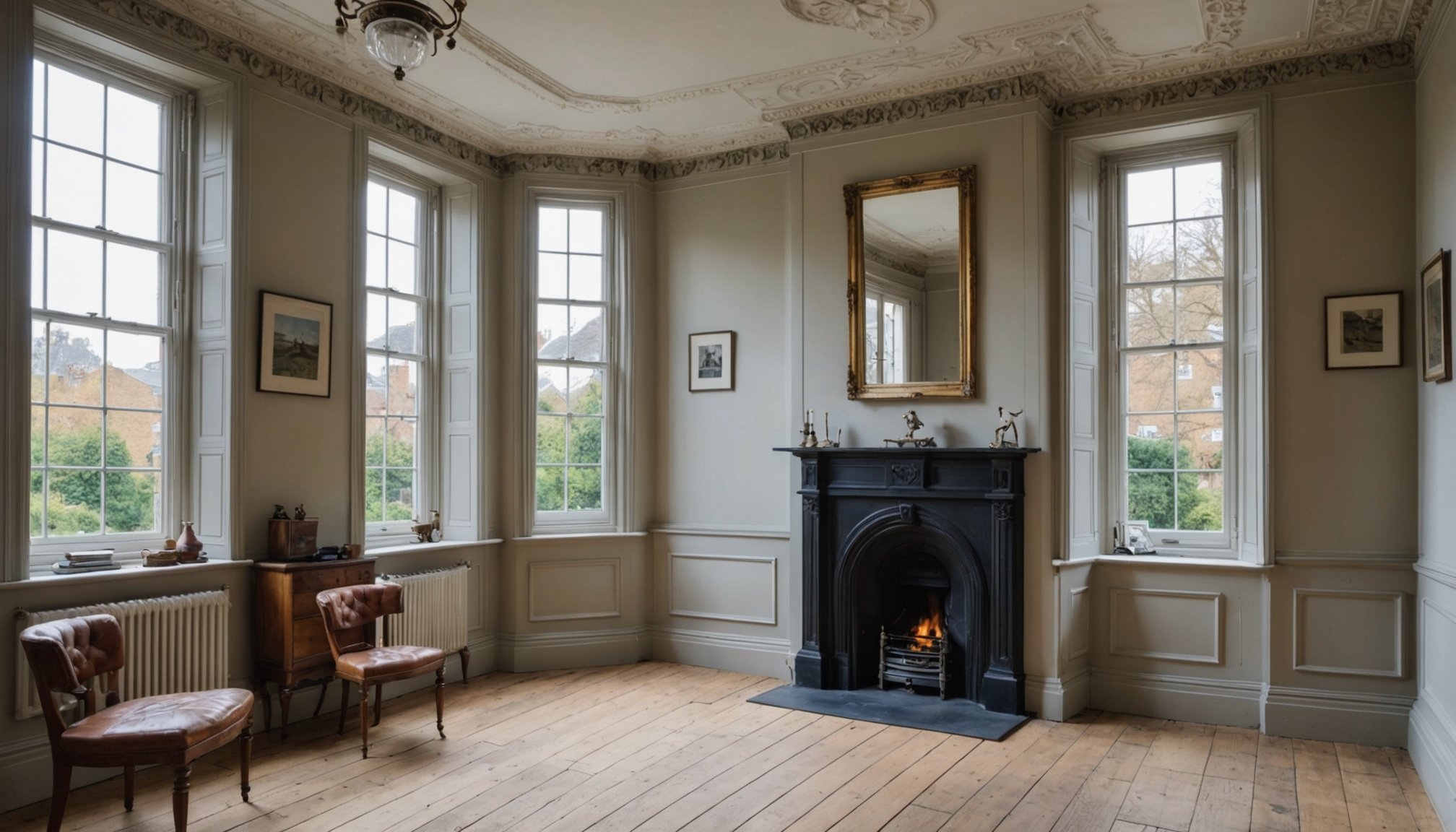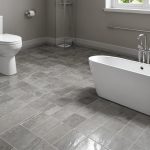Overview of Insulation for Victorian Homes
Insulating Victorian homes presents unique challenges due to their historical architecture and distinct characteristics. These homes often feature intricate designs, high ceilings, and large windows, all of which can significantly affect energy efficiency. Proper Victorian home insulation is essential to maintain the home’s historical integrity while improving energy performance.
In historical contexts, insulation helps preserve the home’s original features by protecting against moisture damage and temperature fluctuations. Selecting the appropriate insulation types is crucial, given that many Victorian homes have solid walls without cavities, requiring solutions like internal wall insulation or breathable materials that are compatible with the existing structure.
A lire en complément : Maximizing Space: Top Strategies for Organizing Digital Home Entertainment in a Cozy Swansea Flat
The choice of insulation directly relates to potential cost savings. While the initial investment might be higher compared to modern buildings, the long-term savings are substantial. Improved energy efficiency leads to reduced heating costs and increased comfort levels. Additionally, adequate insulation contributes to environmental sustainability, which is increasingly important in today’s eco-conscious society.
Understanding the integration of insulation solutions within these unique architectural frameworks can aid in making informed decisions. By considering the home’s specific features, such as original plaster or ornate features, homeowners can effectively enhance energy efficiency while preserving the beauty and value of their Victorian homes.
A lire également : Discover the Best Techniques for Effortlessly Eliminating Hard Water Stains from Bathroom Tiles in Kent
Budget-Friendly Insulation Options
Navigating the labyrinth of affordable insulation for your Victorian home is crucial not only for comfort but also for reducing energy bills. Several insulation materials cater to different needs and budgets. Here’s a look at some notable options:
One of the most cost-effective solutions is fibreglass insulation. Known for its high thermal resistance, it’s a standard choice among homeowners. However, if sustainability is a priority, consider cellulose insulation. Made from recycled paper products, cellulose is not only eco-friendly but also offers excellent thermal performance compared to synthetic materials.
Wool insulation is another fabulous eco-friendly choice, providing superior moisture control and breathability. Although it may pose a heavier initial investment, it compensates with durability and efficiency over time.
For a comparative analysis, consider the costs: Fibreglass tends to be the least expensive, while wool and cellulose may command a higher price tag. Yet, they might be wiser investments, providing better long-term savings on energy bills.
Take note, specific Victorian designs may require tailored insulation approaches due to their unique features. Whatever your choice, the focus on insulation materials should balance affordability with performance, contributing to energy efficiency and enhancing the sustainability of your home.
Installation Processes for Insulation
Navigating the installation of insulation can be daunting, but understanding the process helps in making an informed choice. Whether opting for DIY insulation or leaning towards professional services, there are several key elements to consider for loft, wall, and floor insulation.
DIY Insulation Step-by-Step
- Preparation: Gather the necessary tools like a utility knife, tape measure, and protective gear.
- Measurement: Accurately measure the area needing insulation.
- Material Selection: Choose the appropriate type of insulation, considering factors like R-value and material type.
- Installation: For lofts, roll out insulation between joists. For walls, affix batts or spray foam. Floors require placing insulation between floor joists.
- Finishing: Ensure all gaps are covered and compressed fully.
Pros and Cons of Professional vs. DIY
Professional services offer expertise, timely completion, and warranties but can be costly. DIY may be economical and fulfilling but risks suboptimal installation without proper skills.
Safety Considerations
Always wear protective gear such as gloves and masks. Install insulation in well-ventilated areas to prevent exposure to harmful particles. Caution is crucial when working near wiring and ventilation systems to prevent hazards.
Energy Savings and Benefits
Embracing energy efficiency through proper insulation brings significant benefits. Effective insulation acts as a barrier, helping to maintain a stable indoor temperature regardless of external weather conditions. This ensures that your heating and cooling systems don’t have to work overtime, leading to noticeable cost savings on utility bills.
The insulation benefits extend beyond just financial savings; they encompass an improvement in home comfort. A well-insulated home reduces unwanted cold drafts and excess heat, offering a more consistent and agreeable environment. This not only adds to the comfort of those living in the home but also enhances the efficiency of temperature regulation systems.
When weighing long-term financial benefits against upfront costs, it’s crucial to account for the reduction in energy expenditures over time. While initial insulation costs might seem steep, the energy efficiency gained offers returns in the form of monthly savings, less strain on HVAC systems, and potentially increasing the home’s resale value. Proper insulation is an investment that pays dividends over the years, balancing cost savings against its initial expense.
Ultimately, the insulation benefits reinforce the importance of considering both immediate and prolonged impacts of energy efficiency improvements.
Local Suppliers and Services in London
When considering insulation and improving the energy efficiency of Victorian homes, finding the right professionals in London is crucial. A selection of reputable insulation suppliers cater specifically to the unique needs of maintaining the charm and structure of these classic dwellings.
Several local services offer solutions tailored to the quirks of a London home. Look for contractors who specialise in period properties. Their expertise can ensure that the integrity and aesthetics of your home are preserved. A neighbourhood-friendly choice can often result in a smoother project, with specialists knowing the area and its architecture intimately.
Choosing the right service provider involves considering expertise, experience, and customer feedback. Verify their familiarity with Victorian home insulated materials and methods. Often, consultation services are available to help you make informed decisions. These consultations typically provide insights into costs, expected outcomes, and timelines.
To ensure the best results, consider these points:
- Recommendations and reviews from previous clients
- Knowledge of local conditions and regulations
- Capability to offer custom solutions specific to a home’s architectural detail
Understanding these aspects will aid in a satisfying and successful insulation project for your Victorian home.
Government Grants and Assistance Programs
If you’re thinking of upgrading your home insulation, you might be pleased to discover that a variety of government grants are available to ease the financial burden. These grants are specifically designed to encourage homeowners to make energy-efficient improvements. They can cover a substantial portion of the cost, making it much more affordable to install high-quality insulation.
But who can access these financial assistance programs? Typically, eligibility is determined by factors like income level and the current state of your home’s insulation. Some grants require that the home be your primary residence or that you’re undertaking a major renovation. It’s crucial to thoroughly check the detailed criteria for each program to ensure eligibility and avoid disappointment.
When it comes to insulation subsidies, applying can be straightforward if you follow the right steps. Start by researching available grants in your area—many local and national programs exist for homeowners. Once you identify suitable programs, gather the necessary documentation and submit your application carefully to increase your chances of approval. Understanding the application process for these subsidies can maximize your financial support and help you complete your insulation project efficiently.
Case Studies and Success Stories
Exploring successful insulation projects in Victorian homes can reveal the benefits and strategies involved. These properties often grapple with unique challenges such as maintaining architectural integrity while enhancing energy efficiency. Real-life examples provide valuable insights into overcoming these obstacles.
In one instance, a Victorian homeowner undertook an insulation project addressing drafty rooms and high energy bills. Effective solutions included utilising breathable insulation materials that respect the property’s historical significance. This approach ensured the preservation of interior features, a common homeowner concern, while drastically reducing energy consumption.
Several homeowners testified to the enhanced comfort these projects brought. For example, one family reported a marked improvement in winter warmth and reduced heating costs without altering their home’s aesthetic, thanks to strategically insulated floors and walls.
Key challenges addressed in these projects often involve balancing modern insulation needs with historical preservation requirements. Techniques such as using advanced materials that mimic traditional designs have proven effective. Additionally, expert guidance on contract adherence and material selection helped navigate the complex Victorian renovation landscape.
These real-life examples underscore the practicality and rewards of smart insulation strategies in old homes, encouraging others to take informed steps towards improving their property’s energy efficiency without sacrificing charm.
Historical Preservation Considerations
Balancing the energy efficiency of historical homes with preservation considerations can be a challenging task. Modern insulation techniques often need to be adapted to comply with the architectural and historical integrity of these homes. One of the main challenges is finding a way to insulate without altering or damaging original features such as woodwork, plaster, and brickwork. Furthermore, the unique structures often include insulation limits due to regulations that protect their historical value.
To address these concerns, best practices in the field focus on using preservation techniques that work in harmony with the existing architecture. This includes options like aerogel insulation, which is thin yet highly effective, and using natural materials that were available during the period in which the home was built. These methods help to maintain the home’s authenticity while improving energy efficiency.
For homeowners looking to tackle this issue, numerous resources are available. Consulting local historical societies and preservation experts can provide tailored guidance. It’s crucial to engage a contractor with experience in historical preservation techniques to ensure success. By focusing on integrating subtle improvements, one can uphold a home’s historical charm while making it more energy-efficient.











